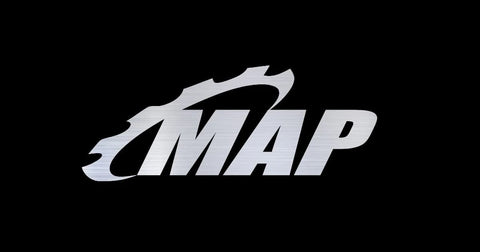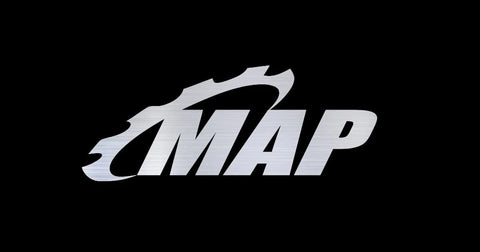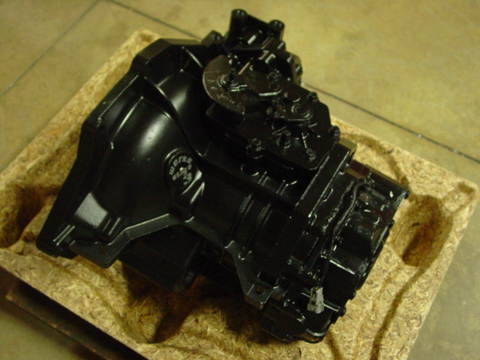First off I need to say thanks to Turbosmart and their engineers for sharing this info, hopefully it leads to better understanding of turbocharger systems!
Boost spiking is defined as a momentary over shoot in boost pressure over the desired boost level. A boost spike is the result of the boost controller holding the signal to the wastegate actuator / external wastegate for too long. Clamping the signal to the wastegate can increase the response of turbo system and reduce lag by effectively keeping the wastegate shut and not allowing it to bypass any exhaust thus not wasting any exhaust energy.
A spike in pressure can be a desired effect as it gives the engine a large increase in midrange torque without placing a lot of strain on the engine as the higher boost pressure is only reached momentarily at mid range RPM rather than having that boost level all the way through the rev range. Some cars from factory have boost pressure spikes to make the engine feel more responsive and powerful in the midrange.
A wastegate needs to be given time to “catch” the boost curve. To eliminate a boost spike, the wastegate must begin to open before target boost by a certain amount of time depending on the turbo system. If the wastegate begins to open at target boost, a boost spike will occur as the wastegate will need some time to open to the right valve height to divert enough exhaust gas to maintain the desired boost level.
The Turbosmart e-Boost boost controller range has a gate pressure function that allows the user to choose what pressure the controller will allow boost pressure to reach the actuator. Setting the gate pressure at the optimum level will result in the best boost response from the turbo system. Set the gate pressure too high and a boost spike will occur; set it too low and the boost response will be lower. The gate pressure is tuned by first setting the gate pressure at 3 PSI lower than what the target boost pressure is; IE if the target boost pressure is 18 PSI, set the gate pressure to 15 PSI. If a undesirable spike occurs, reduce the gate pressure by 1 PSI and check whether a spike occurs again. Repeat steps until the spike is gone.
The Turbosmart manual boost controller range has an in built gate system which is set at 3 PSI. This means that below 3 PSI, the controller will clamp the signal to the wastegate, keeping it closed. If an undesirable boost spike occurs, removing the gate system by removing the ball and spring can eliminate the spike. Note: This modification is only required in a minimal number of applications.
Gate System Removal – Manual (Gated Boost Controllers) The gate system can be removed by the following steps. (Perform this modification on a clean bench so that the ball and spring are not lost.)
• Allow the engine to cool down before removing the Boost Tee from your vehicle
• Identify the input nipple with the restrictor at the end. Loosen the input nipple and remove the ball and spring.
• Check that the internal air passages are clear and free from debris
• Re-install the boost controller by following the instructions for your setup
• You will need to re-adjust your boost settings after the removal of the gate.
Q: Will fitting a manual boost controller stop the boost from spiking or over-boosting? A: With a correctly installed boost controller you should not be experiencing any spikes in boost pressures. However, if you have a pre-existing problem with an excessive amount of boost pressure it’s best to get the problem diagnosed and fixed before installing a boost controller.
TROUBLE SHOOTING The following points should be checked if you find that your engine is developing excessive boost, the boost pressure is fluctuating or the desired boost level cannot be achieved. Please note, the following checks will cure 99% of problems experienced when fitting a Turbosmart boost controller.
• Check that the boost controller is installed so that the arrow points toward the wastegate actuator
• Check the joining hoses for splits, cracks or loose connection and are the correct size for the application
• Check to see if the boost controller is blocked or contaminated with dirt or debris
• Ensure that there is nothing but the boost controller in the hose between the pressure source and the wastegate actuator, ie tee pieces for boost gauge or to factory boost solenoid.
• Pressure test the wastegate actuator for leakage.





Comments (0)
There are no comments for this article. Be the first one to leave a message!